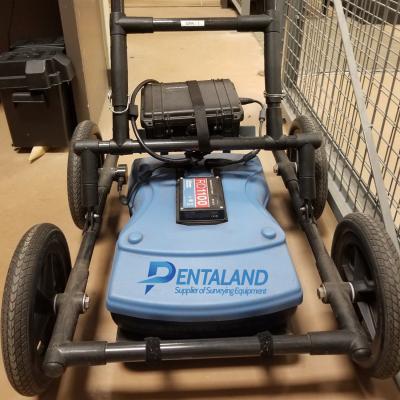In the fields of construction, archaeology, geology, and utility locating, knowing what lies beneath the surface is crucial. Ground Penetrating Radar for sale has become one of the most effective tools for non-destructive subsurface investigation. If you’re considering purchasing GPR equipment, understanding its benefits, applications, and what to look for when buying can help you make an informed decision.
What is Ground Penetrating Radar?
Ground Penetrating Radar is a geophysical method that uses radar pulses to image the subsurface. A GPR system transmits high-frequency radio waves into the ground. When these waves encounter buried objects or different material layers, they reflect back to the surface, where the data is captured and displayed. This allows operators to detect pipes, cables, voids, rebar, buried artifacts, and even changes in soil composition.
Who Uses GPR?
GPR is used in a wide range of industries:
- Construction & Engineering: For detecting utilities, rebar, post-tension cables, and voids before excavation.
- Archaeology: To locate buried structures and artifacts without disturbing the site.
- Environmental Studies: To assess soil layers, groundwater, and contamination spread.
- Forensics: To search for clandestine graves or buried evidence.
- Mining & Geology: To map rock structures and mineral deposits.
Why Buy a GPR System?
Purchasing your own GPR unit provides several advantages:
- Cost Savings: Frequent scanning means rental costs add up quickly. Owning equipment reduces long-term expenses.
- Flexibility: Having your own system allows you to conduct surveys whenever needed, without scheduling around a rental.
- Competitive Edge: Contractors with in-house GPR capabilities offer added value to clients.
What to Consider When Buying a GPR System
When searching for Ground Penetrating Radar for sale, keep these factors in mind:
1. Frequency Range: Lower frequencies penetrate deeper but provide lower resolution. Higher frequencies give better detail but shallower depth. Choose based on your typical projects.
2. Software & Data Processing: Good software is essential for clear, actionable data. Look for user-friendly interfaces and robust analysis features.
3. Portability & Design: Consider the size and weight of the system, especially if you need to transport it frequently.
4. Support & Training: Does the supplier offer training, technical support, and warranty coverage? A reliable partner can make a big difference.
5. New vs. Used: Used GPR systems can be a cost-effective option, but check their condition, software updates, and whether they meet current safety and accuracy standards.
Where to Find GPR for Sale
There are several reputable suppliers and manufacturers offering new and refurbished GPR systems. Leading brands include GSSI, IDS GeoRadar, Leica Geosystems, and MALA. Many specialized resellers also offer financing options, training, and after-sales support.
Final Thought
Investing in a Ground Penetrating Radar system can transform how you approach subsurface investigations. Whether you’re locating utilities before digging, uncovering archaeological secrets, or ensuring construction safety, having your own GPR gives you control, accuracy, and peace of mind.
